Nosy Boraha or Sainte-Marie Island
Nosy Boraha (Sainte-Marie, 200 km2) runs parallel to the east coast, about 15 miles off the coast of Soanierana-Ivongo. Regular rains have transformed it into a huge tropical garden planted with coconut, cinnamon and clove trees, where anthuriums and orchids bloom.
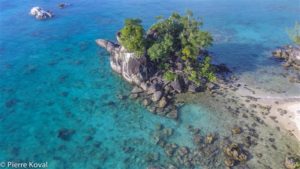
The islanders devote themselves to agriculture (rice, coffee, vanilla and cloves), breeding and fishing (fish, lobster, shrimp.) Since independence, Nosy Boraha is also one of the main tourist destinations in the country.
History of Sainte Marie Island
Nosy Boraha, "the island of Ibrahim" or "the island of Abraham" should be named after the distant arrival of a Muslim or Jewish trader. At the beginning of the 16th century, the Portuguese, who discovered it on the day of the Assumption, christened it Santa Maria, a name that was later Frenchized into Sainte-Marie.
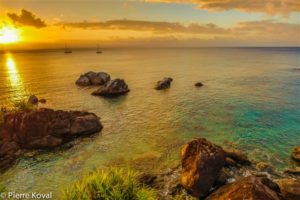
Around 1685, pirates of all nationalities who scoured the Indian Ocean made it their headquarters. The island preserves the memory of the tempestuous love of the pretty Queen Betia (or Bety) and Corporal Filet, known as La Bigorne, agent of the Indian Company, whom this daughter of Ratsimilaho married in 1750, after having officially ceded the island to France.
In the 19th century, Nosy Boraha served as a retreat base for the French-English offensives against Toamasina (Tamatave) and Mahavelona. It was administratively annexed to Reunion Island in 1876, Antsiranana (Diego-Suarez) in 1888, and Madagascar in 1896.
Nosy Boraha (Sainte-Marie) from west to east
Ambodifotatra
This small port, located at the entrance of a bay on the southwest coast, is the capital of the island.
At the southern exit of the city stands the oldest Malagasy Catholic Church (1859). It was built on the initiative of Mgr. Talmond, the first bishop of the Big Island, who rests within its walls.
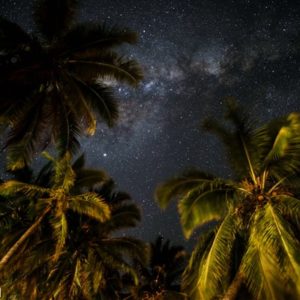
Built in the 1750s by the French East India Company and restored in the 19th century, it was converted into a prison by the colonial administration from 1903 to 1956 before becoming a military base.
Access is prohibited, but the eminence offers a beautiful view of the bay of Forbans and, in the distance, the Malagasy coast.
The cenotaph erected not far from the fort is that of Sylvain Roux, a slave trader sent by France in 1818 to reassert its claims to Nosy Boraha and Grande l'Île, and who was carried off by fever in 1823.
Îlot Madame
The dike that connects Ambodifotatra to Belle-Vue south of Baie des Forbans serves this islet where 19th century buildings stand next to colonial Fokontany buildings.
Behind this building, a monument commemorates the French and English soldiers killed by the Malagasy armies at Toamasina (Tamatave) in 1845.
Pirate cemetery
The path that opens at the southern end of the dike follows the southeastern shore of the bay, between creeks and palm trees. It can be used at low tide and leads to a pirate graveyard. On some of the gravestones there is a skull and crossbones above two shins.
Île aux Forbans, in the middle of the bay, is an old buccaneer's cave.
Ankarena
On the southeastern tip of the island, on a beach protected by a coral reef, a large cave opens at the foot of the cliff. From Ankarena you can reach Nosy Fasika ("the island of sand") by pirogue.
Nosy Nato (Island of the Mats)
A narrow pass separates Nosy Nato ("l'île aux Nattes") from the name of a very hard wood tree belonging to the same family as the nato and used by the carpenters of the southern tip of Nosy Boraha is in demand.
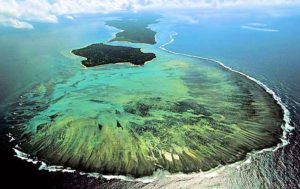
After crossing the large palm grove that covers the eastern slope, one arrives at fine sandy beaches lined with filaos. The villagers roll their Lambahoany up to mid-thigh to fish for shellfish and sea urchins in the clear water. You can circle the island by following the coastline and returning to Aniribe.
Ambodiatafana (follow the road along the west coast and turn right at Ambatoroa).
The path that passes in front of the Albrand lighthouse leads to Ambodiatafana. Near this village on the northeast coast, a barrier of black rocks protects a beautiful sandy beach.
At high tide, fishermen gather around this "natural swimming pool", but swimming is forbidden for religious reasons.
The beaches of Nosy Boraha
Lonkintsy, the top of the coconut trees, Ambodiatafana... The sites suitable for swimming follow each other from Mangalimaso to Ambatoroa on the west coast and from Sahasilotra to Ankoalamare on the east coast.
Cloves
In the villages of Nosy Boraha, the clove is embalmed, a spice whose cultivation is one of the most important resources of the island (Madagascar is the second largest producer in the world after Zanzibar). The clove 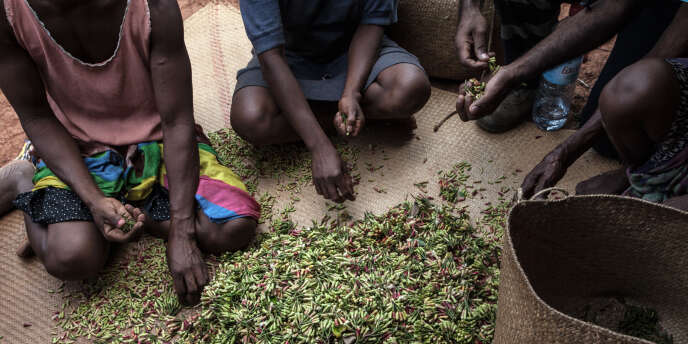
You have to wait at least eight years to harvest these deep pink flower buds.
This harvest mobilizes all the villagers. The buds are then spread out on mats in the sun and left to dry for several days.
A fully grown tree yields up to 50 kg of cloves per year.
Whale watching on Nosy Boraha
From July to September, when the humpback whales roam the west coast of Nosy Boraha, you can watch their courtship ritual from shore or follow their graceful movements by boat.
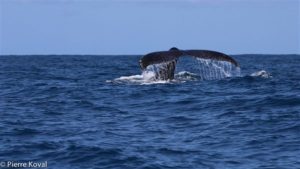
But why do humpback whales attract so many tourists?
First of all, because they are giants of the sea with enchanting song. According to scientists, this famous "song" male whales practice only during the mating season.
Then the humpback whale offers breathtaking shows with its spectacular jumps from the water. Another way to charm the opposite sex.
And who has not been seduced by the spectacle of water jets caused by humpback whales?
According to scientists, these marine mammals come to the surface every 20 minutes to breathe. There, they expel the air and create clouds of steam that give the impression of a jet of water that can rise up to three meters high.
In Sainte-Marie you can not only admire the humpback whale carousel, but also have plenty of time for swimming or hiking by the sea, on the islands or in the tropical forests.

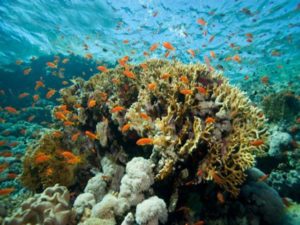


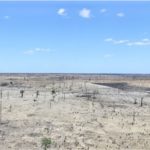

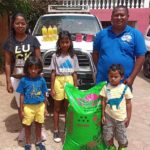
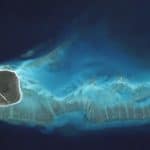
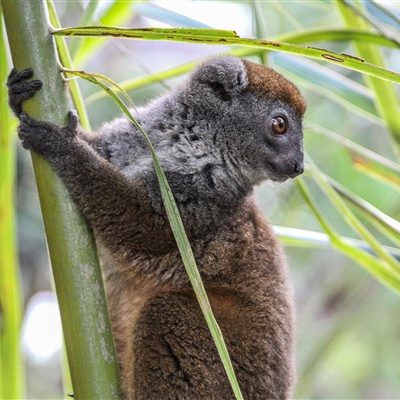
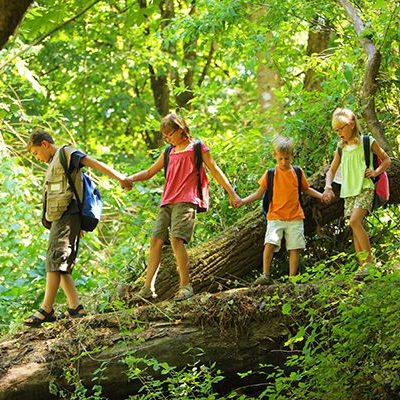
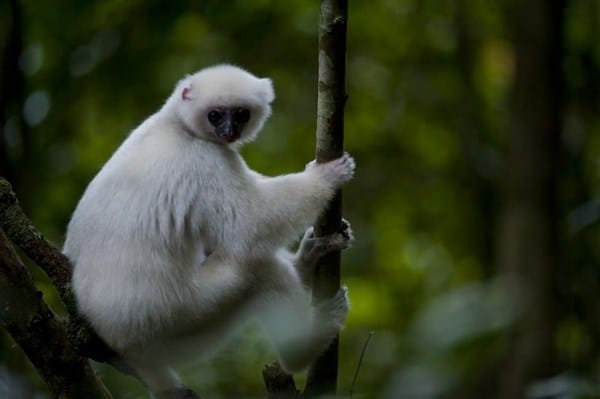
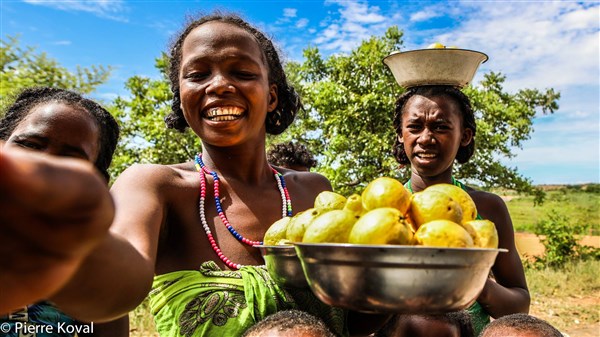
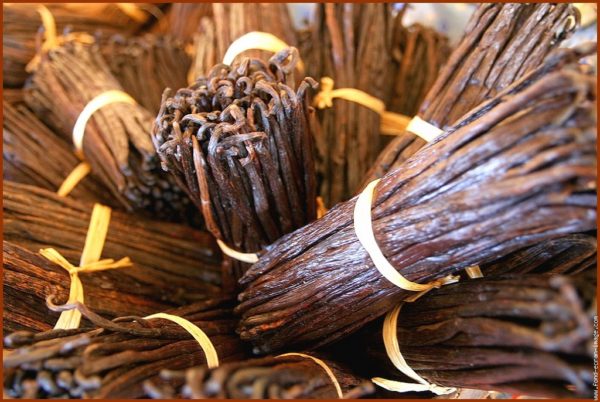
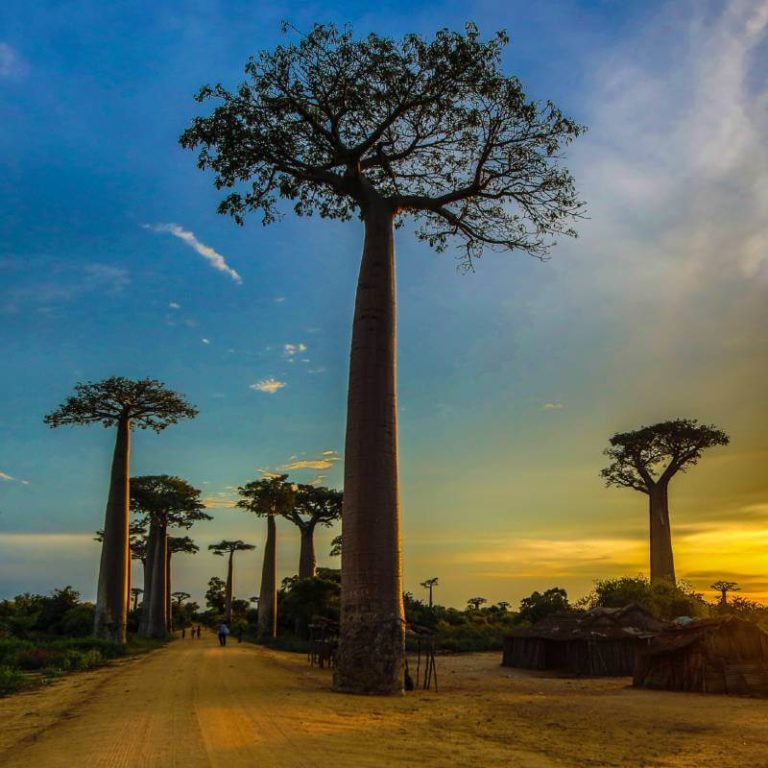




 Villa Sibylle Antananarivo (Madagascar)
Villa Sibylle Antananarivo (Madagascar)

